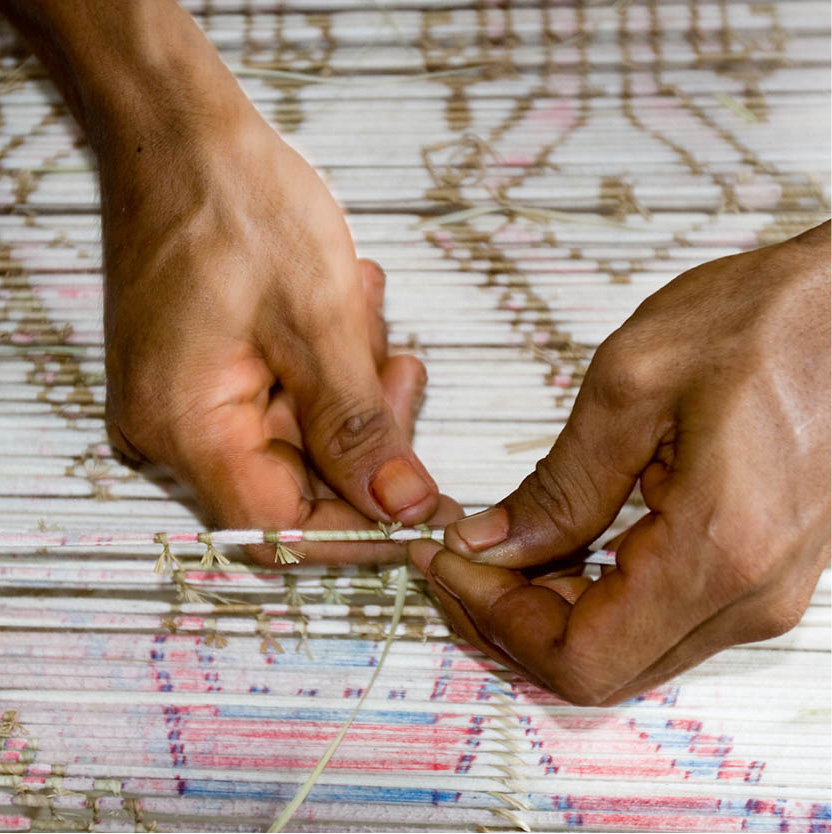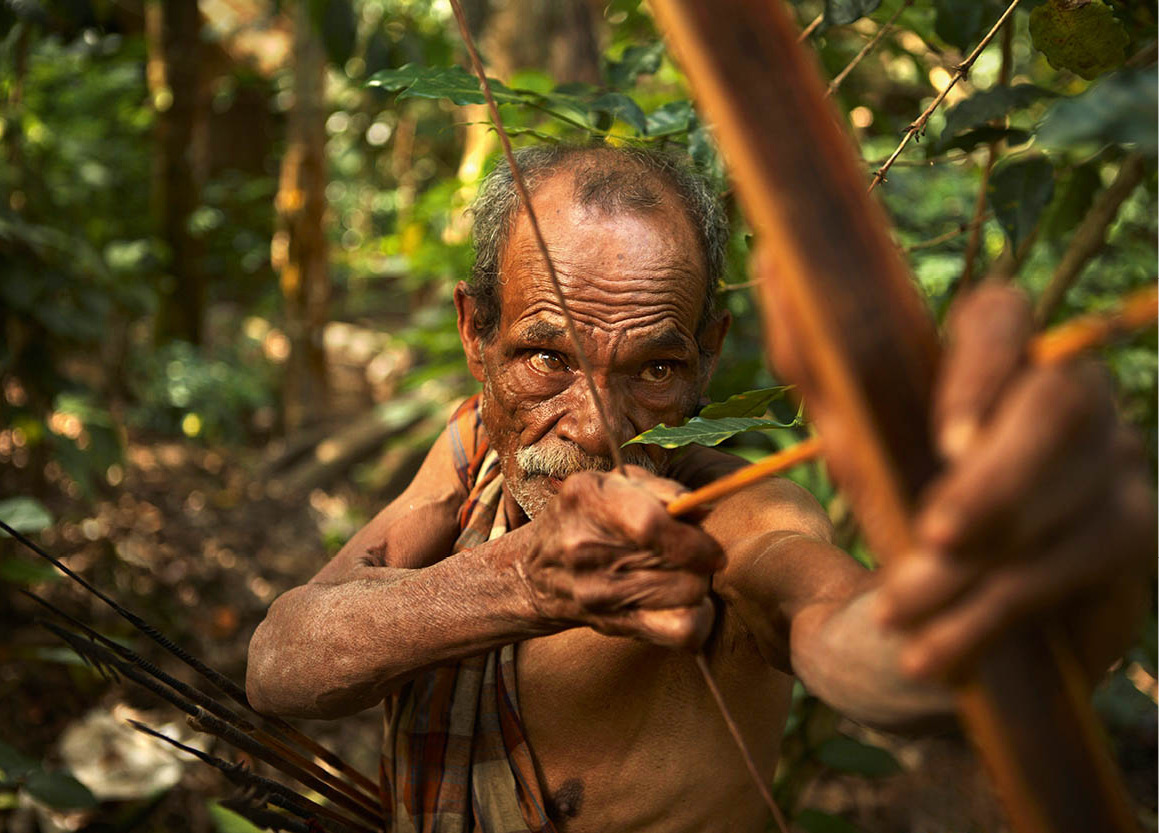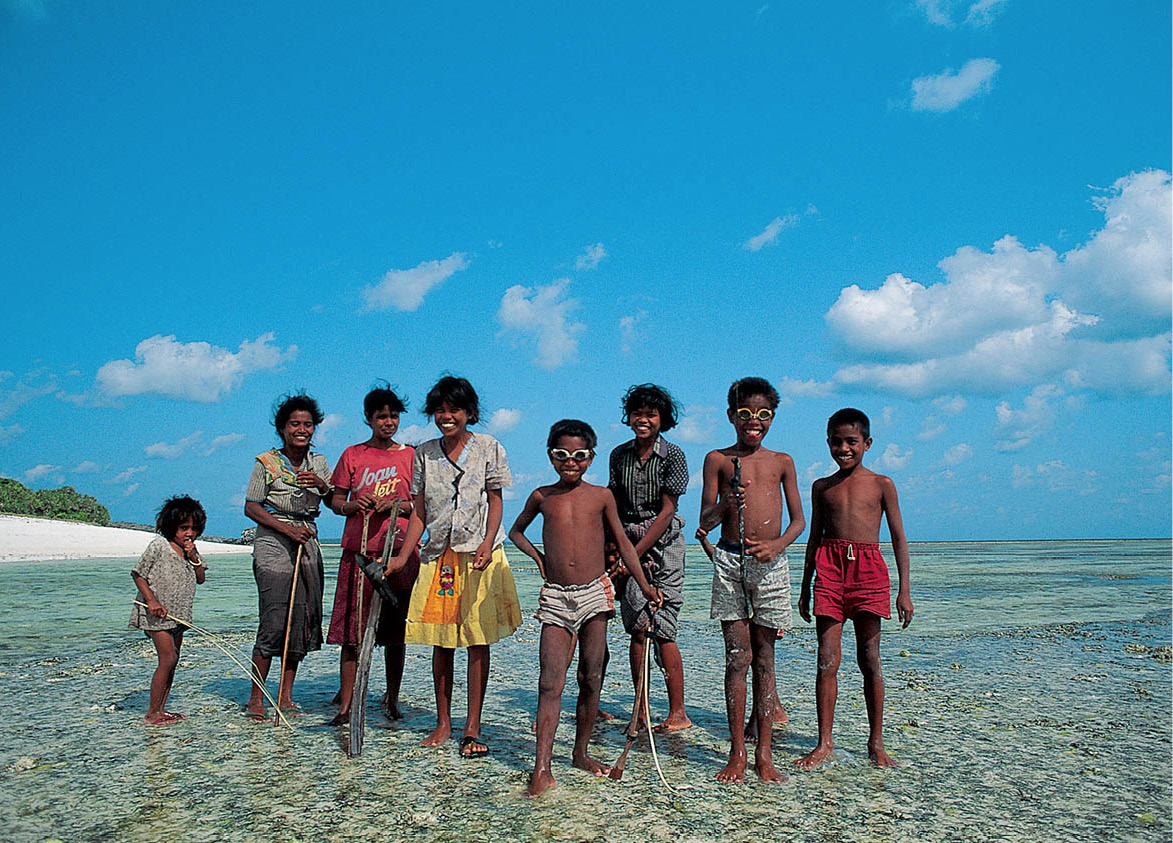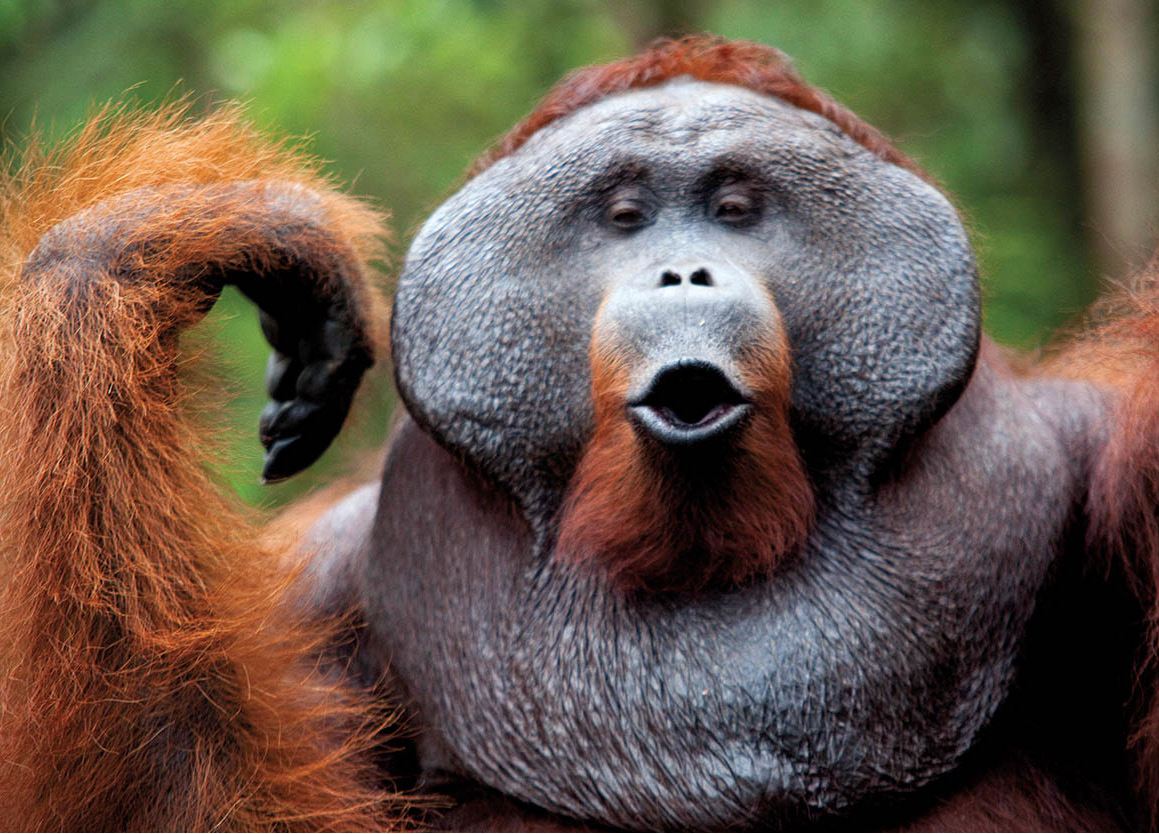Few tourists make it to the far-flung islands that are scattered south and east of Flores. Yet for anyone with an interest in traditional culture, these outposts are richly rewarding to visit. The inhabitants’ ancient animistic-based rituals, their megalithic tombs and symbolic architecture have long attracted researchers, while collectors worldwide are drawn by the hand-woven ikat cloth in an astonishingly wide variety of colours and motifs for such a small area.
Eastern Nusa Tenggara’s biggest draw these days is its waters. Surfers have long sought out the great breaks at Rote. But the ocean, now acknowledged to be one of the world’s most varied marine biodiversity areas, also attracts divers from near and far. Part of the Coral Triangle, which reaches north to the Philippines, a large sweep of the Savu Sea is a Marine Protected Area.
At the far eastern end of the archipelago is Timor. The provincial capital, Kupang, was transformed from a sleepy village to a booming transit point a decade or so ago, serving as a link between Indonesia and Timor Leste and Australia.

Weaving ikat cloth on Sumba.
iStock
East of Flores lies the Solor archipelago, which includes Solor, Adonara and Lembata. Larantuka is the gateway, and boats frequently ply the waters between these islands.
Solor ( [map] is guarded by a Portuguese fort, constructed in 1566, and still in good shape. The entrance is covered by an impressive arch and, in one corner, rusting cannons have survived and stand to attention over approaches from the sea. But it is the traditional weaving that visitors come here to see. Unique among all other ikat cloths of the region, Solor’s fabrics have a brilliant red background instead of the dark indigo used elsewhere.
To the east, the women of Lembata , [map] are known for producing ceremonial ikat cloths. A good ‘bride’s wealth’ weaving sells for hundreds of dollars due to its importance as part of the wedding arrangements. Top-quality cloths are given to the groom’s family, who in turn give the bride’s family a gift of equal value – heirloom ivory tusks, first brought to the area in the 14th century. The island is also noted for its primitive whaling industry centred in Lamalera. When a whale is sighted, a harpooner balances precariously on a narrow plank extending from the bow of a wooden boat and thrusts his harpoon into the whale’s back.
Towering over Lembata is Gunung Ile Ape (also called Lewotolo), revered by Lembata people who retain animistic beliefs. Ile Api can be climbed from its northern slope in four hours of fairly easy walking, but take a guide and go early, before the clouds cover the sulphurous crater.
Fact
A new 78-million-hectare (8.5-million-acre) Marine Protected Area in the Savu Sea will not preclude Lamalera whalers from continuing their trade, as their numbers are small and traditional laws prohibit them from killing certain species.

A bronze moko drum on Alor.
Steve Bickell
Alor archipelago
East of the Solor islands lies the Alor archipelago: Pantar and Alor. To reach the islands, either hop on a ferry or catch one of the two daily flights in Kupang. At Pantar ⁄ [map], Gunung Sirung awaits climbing for views of the yellow crater and the aroma of sulphurous fumes.
Alor ¤ [map] has always been known for its bronze kettledrums, moko, replicas of those from the 2,000-year-old Dong Son era of northern Vietnam. Hundreds and perhaps thousands of the drums are kept as heirlooms and are an essential part of the bride price here. Although the moko found on Alor were cast in either Java or China, how they ended up on this island, which was not part of traditional trade routes, remains unknown.

An Alor tribal elder takes aim.
Corbis
Today, however, it is the spectacular diving that attracts visitors. Renowned worldwide as one of Indonesia’s top three dive destinations, Alor’s rich reefs and diverse marine life are equalled by excellent visibility. Sunfish (mola-mola), whales, mantas, whale sharks and migrating orcas are just some of the highlights, as well as muck diving.
A short drive from the major town, Kalabahi, is Takpala, perched atop a mountainside giving spectacular views of Maimol Bay on the northern coastline. Traditional dances can be pre-arranged here.
South of Flores, Sumba is barren throughout the long dry season, but it teems with remnants of an ancient pagan culture. In past centuries it was a source of sandalwood, slaves, horses and cannibal tribes, but today Sumba’s attraction is its sculptured megalithic tombs, war game ritual (Pasola) and intricate hinggi ikat textiles.
West Sumba is lush and green during the rainy season, and its people live in distinctive houses with high-peaked roofs. Ancestral and land worship are still strong here. Traditional villages with elaborate megalithic tombs are scattered throughout the district: near Waikabubak ‹ [map] there are a number of ancient mausoleums, and in nearby Tarung there are tombs and houses decorated with water buffalo horns and other souvenirs of sacrificial feasts. Sodan, 25km (16 miles) southwest of Waikabubak, is perhaps the most interesting of the traditional villages. The area is steeped in magic and taboos.
In West Sumba’s exciting Pasola ritual, scores of colourfully arrayed horsemen on bareback charge one another in a dramatic mock war. Held in several villages, the event begins after the full moon during an annual migration of nyale sea worms.
East Sumba is dry, rocky and inhospitable. Most of its people live near or on the coast, and an extensive hand-loom industry has flourished here for several centuries, producing distinctive hinggi ikats known for their bold, animistic designs. To see the process, set out for Prailiu, just outside of Waingapu. Some 70km (40 miles) southeast of Waingapu is Rende, which is known for good ikats as well as for megalithic tombs with unusual carvings. In the vicinity of Ngalu and Baing, 125km (80 miles) south of Waingapu, whole villages produce the fabulous kombu woven cloths – bargaining is expected.

Rote island beachcombers.
Martin Westlake/Apa Publications
Rote and Savu
Rote and Savu are two seldom-visited islands off the west coast of Timor. With little rainfall to encourage rice growing, both learned centuries ago to rely on a sturdy drought-resistant palm, the lontar (Borassus sundaicus), for sustenance when there was no other food available. The liquid taken from the inflorescence from two or three trees is enough to support a family during times of drought by reducing it to treacle and storing it in clay pots. Often farmed plantation-style, parts of the palm are also used for building materials and household tools.
Savu › [map] (also spelled Sawu and Sabu) has a reputation for some of the most beautiful women in Indonesia. Ask any seaman about Savunese women and wait for the swoon. Equally beautiful are the island’s ikat weavings, which are far more elegant than others nearby. Historians will more likely remember Savu as one of the islands visited by Captain Cook in 1770 on his expeditions aboard the Endeavour.
Savu is also known for its small ‘sandalwood’ horses, similar to those found on Sumba. Much stronger than they look, the little horses are used for transport and are ridden bareback in mock battles.
Rote fi [map] (also spelt Roti), a land of dazzling white-sand beaches and rolling plains, shelters 18 different ethnic groups, each of which was formerly ruled by its own raja. Rotenese men are known for their debating skills, and many attorneys and administrators throughout Indonesia are Rotenese. The island’s south coast is a paradise for surfers.
Ikat cloths produced by the Rotenese are far more colourful than those of their neighbours, containing a good deal of red, white and black. Unique to the island is the sasando, a mandolin-like instrument made of lontar leaves that produces soft lyrical sounds. Also sought after here is silver jewellery from neighbouring Ndao island.
Timor
For many centuries, Timor island was known as a source of fragrant sandalwood, a draw for foreign traders. The Portuguese and the Dutch later fought to control the trade and subsequently divided the island into Dutch West Timor and Portuguese East Timor. Indonesia claimed Dutch West Timor in 1975 and Portuguese East Timor in 1976, but in 1999 East Timor gained independence and is now called Timor Leste.
The capital of East Nusa Tenggara province, Kupang fl [map] has regular air and ferry services to and from the rest of Indonesia. Kupang’s attractions include the town market and the Museum Negeri Kupang (Museum of East Nusa Tenggara). The museum building has been badly damaged over the years, and as of 2014, authorities announced plans to renovate it, but there have been serious problems coming up with the budget for renovation.
Timor also offers good cave diving and snorkelling and a great variety of fine textiles. On the main road between Kupang and Dili (Timor Leste), So’e is a bustling little town with a cool, pleasant climate. Don’t miss its colourful daily market.
